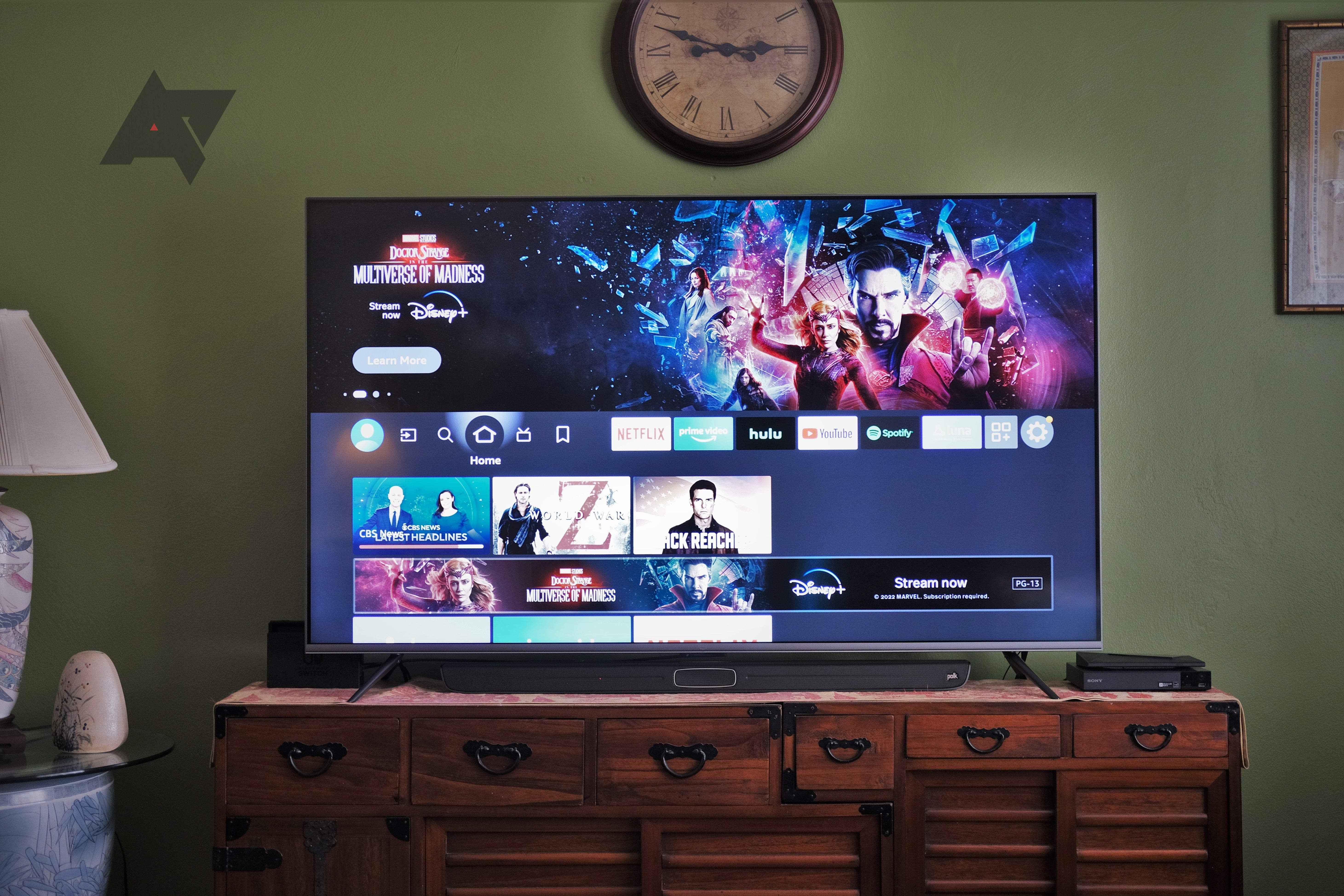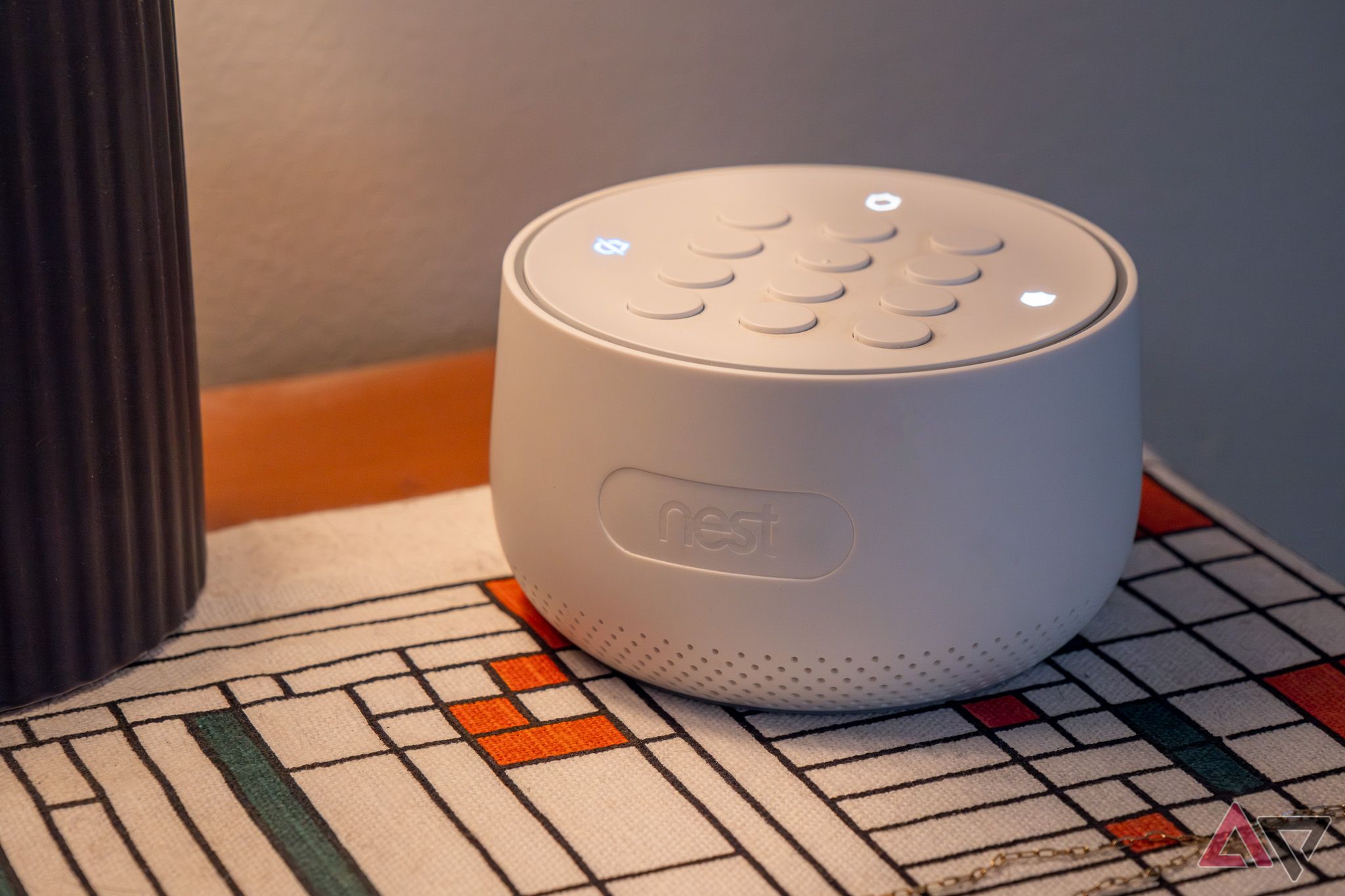Summary
- Tech giants like Amazon and Google are wresting control away from consumers with each software update.
- The degradation of features and user experience in smart devices have left consumers feeling cheated.
- Moving towards local control and investing in professional solutions may be key in navigating the smart home industry.
As a child of the 90s, growing up bang in the middle of the cellphone and modern computing revolution, reading Asimov, watching Star Trek and re-runs of The Jetsons, I had certain expectations for the future. Smart homes that did my bidding, palm-sized computers that were truly my own, and functional ecosystems that accurately responded to my voice or presence all felt right within the realm of possibility.
And for a time, we were heading towards that future. But the 2010s have passed, and in the 2020s, we are left with the remains of a dream unfulfilled and electronics that respond to the whims, fancies, and ever-changing business decisions of corporations rather than the customers who’ve shelled out their hard-earned money. What went wrong?
As someone who is an early adopter of all things smart and has invested a significant amount of money in building a fancy smart home, it saddens me to say that I feel cheated by the thousands of dollars I’ve spent on smart devices. And it’s not a one-off.
Wrestling away control from the consumer — one update at a time
Killing basic features hurts customers and developers trying to improve the experience
Amazon’s recent move to block off local ADB connections on Fire TV devices is the latest example in a long line of grievences. A brand busy wrestling away control from the consumer after they’ve bought the product, the software update gimps a feature that has been present on the hardware ever since it launched back in 2014.
ADB-based commands let users take deep control of the hardware, and in the case of the Fire TV hardware, it can drastically improve the user experience. Now, just to be clear, I’m aware that enthusiasts were using it to replace Amazon’s fullscreen video-playing, ad-ridden interface with a cleaner alternative home screen. And yes, Amazon wants to protect its business interests, which makes complete sense. It uses the ads to subsidize the cost of the hardware.

Best Amazon Fire TV streaming devices in 2024
A Fire TV streaming device can give your TV a new lease on life
However, I take offense to the ham-fisted implementation. Not only was the core feature deprecated, but developers were also given no heads-up to update any apps that counted on the feature. Apps like cache cleaners and background process cleaning apps that can significantly speed up the Fire Stick have been left dead in the water with no recourse. This wouldn’t have been as big a deal if Amazon had done a bang-up job of keeping the Fire Stick speedy, but it didn’t.
The problem is widespread across the industry
Google’s treatment of a television as a billboard is ridiculous
A few years ago, I decided to invest in the NVIDIA Shield. The premium streamer was marketed as a utopia for streaming online and offline sources with the ability to plug in hard drives, connect to NAS drives, and more. At launch, it did precisely that while presenting a beautiful, clean interface that was a joy to interact with. However, subsequent updates have converted what was otherwise a clean and elegant solution to an ad-infested overlay that I zoom past to jump into my streaming app of choice.
This problem isn’t restricted to just the Shield. Even my Google TV running Chromecast has a home screen that’s more of an advertising space for Google than an easy way to get to my content. My television running Google TV makes for a situation that is even more egregious. A $1500 television that behaves like a 75” billboard. I’m not unaware of the strategy to subsidize hardware through ads, but these are not subsidized devices. In the case of the Shield, I paid close to $200 for the privilege of a premium experience. And, unlike, say, a Kindle, where buyers can pay to remove ads, I was given no choice in the decision to ruin my entertainment experience.
But why stop at streaming boxes? Google’s Nest Hubs are equal victims of feature deterioration. I’ve spent hundreds of dollars on Nest Hubs and outfitted them in most of my rooms and washrooms. However, Google’s consistent degradation of the user experience means I use these speakers for little more than casting music from the Spotify app. The voice recognition barely works on the best of days, and when it does, the answers tend to be wildly inconsistent. It wasn’t always the case. In fact, at launch, Google’s Nest speakers were some of the best smart home interfaces you could buy. You’d imagine that the experience would only improve from there. That’s decidedly not the case. I had high hopes that the Fuchsia update would fix the broken command detection, but that’s also not the case.
And good luck to you if you decided to invest in Google Assistant-compatible displays. Google’s announcement that it would no longer issue software or security updates to third-party displays like the excellent Lenovo Smart Display, right after killing the built-in web browser, is pretty wild. It boggles my mind that a company can get away with such behavior.
Now imagine the plight of Nest Secure owners. A home security system isn’t something one expects to switch out for many many years. And yet, Google decided to kill the Nest Secure home monitoring solution merely three years after launching the product range. While I made an initial investment in the Nest ecosystem, I’ve since switched over to a completely local solution that is entirely under my control, stores data locally, and won’t be going out of action because of bad decision-making by another company.

Reminder: Dropcam and Nest Secure devices are going offline next month
Some of Google’s oldest smart home gadgets are effectively dying on April 8
Seeking local control and professional solutions is the key
Matter won’t matter until it’s more widespread
It’s clear to me that smart home devices, as they stand, are proving to be very poor investments for consumers. Matter is expected to solve this with cross-compatibility and relative future-proofing. But the sluggish rollout of matter-compatible devices doesn’t give me much hope. Additionally, the standard itself doesn’t support the wide variety of use cases that I need to retrofit my smart home.
Moreover, you know what they say. Once bitten, twice shy. Over the last year, I’ve been working towards moving my entire smart home to local control. As alternatives like Home Assistant keep improving, it’s become far easier to find devices that play nice with it, and where the manufacturers don’t step up, the community has stepped in. Similarly, much as I enjoy the benefits of an ecosystem, I’ve been looking at products that focus more on the experience than gimmicks or sheer affordability. In the case of streaming entertainment, that is, for better or worse, an Apple TV.
Suffice it to say that I’ve paused any future investments in smart devices, and I’ll be taking a long and hard look at a company’s treatment of its current portfolio before splurging out more cash. I’d recommend you do the same.




